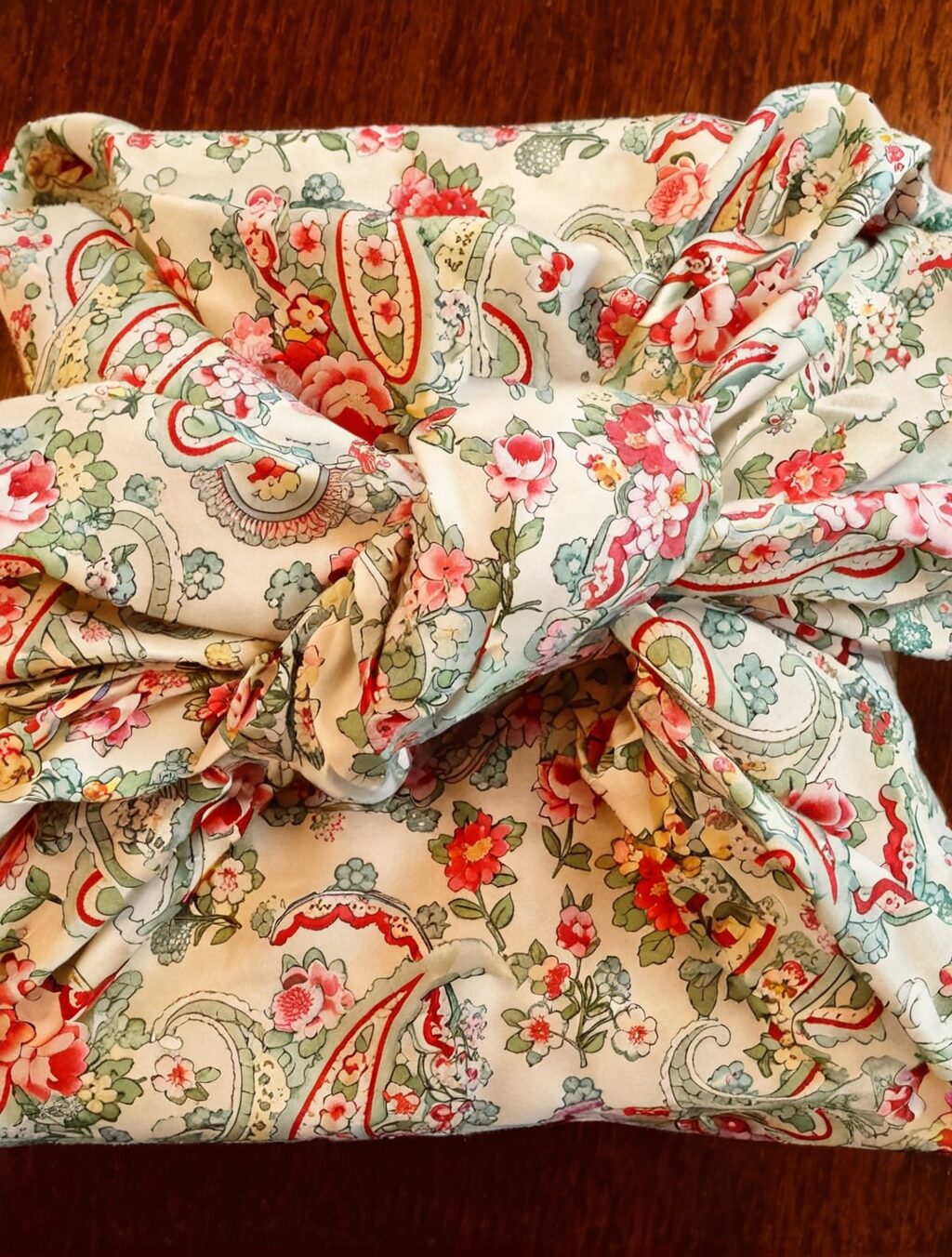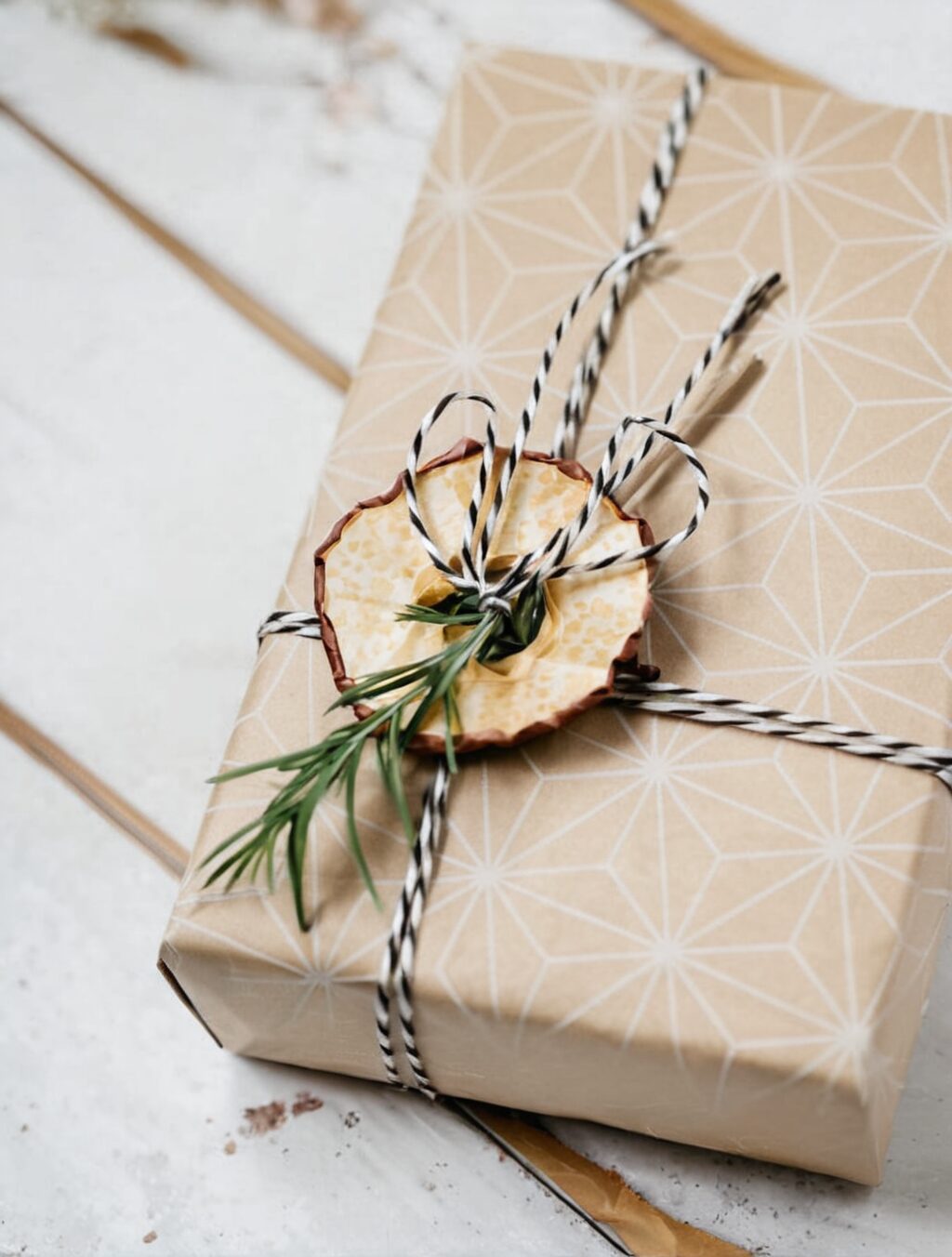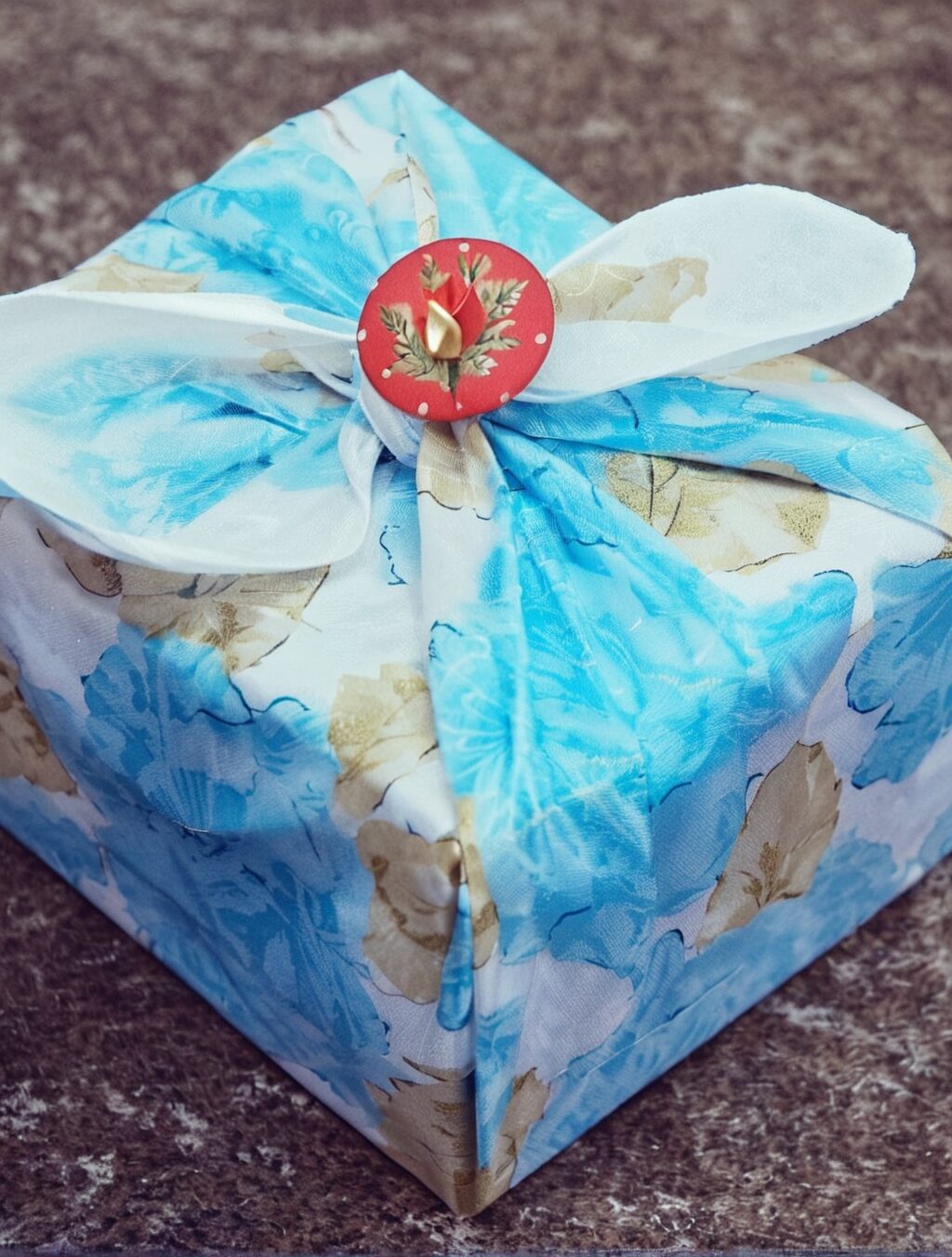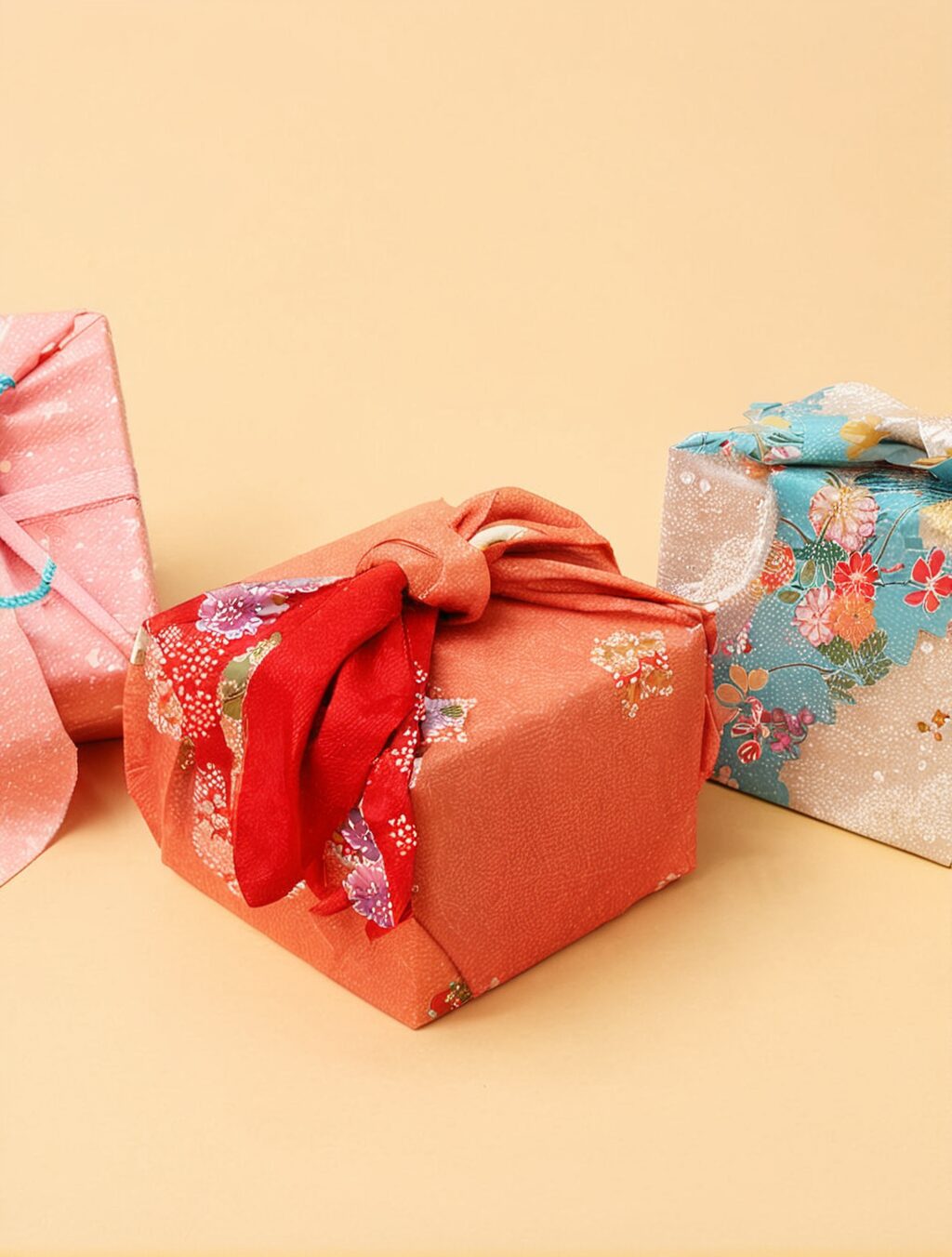Japanese Gift Wrapping: A Guide to Traditional Techniques
Win a Free Trip to Japan!
Experience cherry blossoms and ancient temples
Gift-giving is an important part of Japanese culture. The way a gift is wrapped is just as important as the gift itself, as it conveys respect and appreciation for the recipient.
In this blog post, we will explore the art of Japanese gift wrapping, also known as tsutsumi. We will provide a step-by-step guide to help you wrap your gifts like a pro, along with tips and tricks for creating beautiful and memorable presentations.
Japanese Gift Wrapping Techniques
- Furoshiki: Furoshiki is a traditional Japanese wrapping cloth that can be used to wrap gifts of all shapes and sizes. Learn how to use furoshiki with our easy-to-follow tutorial.
-
Origami: Origami is the Japanese art of paper folding. You can use origami to create unique and beautiful gift tags, envelopes, and other decorative elements for your gifts.
-
Noshi: A noshi is a decorative paper ornament that is attached to gifts in Japan. Noshi come in a variety of colors and designs, and they add a touch of elegance to any gift.
-
Mizuhiki: Mizuhiki is a type of Japanese cord that is used to tie gifts. Mizuhiki comes in a variety of colors and patterns, and it can be used to create beautiful and intricate knots.
FAQs About Japanese Gift Wrapping
- What is the best material to use for wrapping Japanese gifts?
The best material to use for wrapping Japanese gifts is furoshiki, a traditional Japanese wrapping cloth. Furoshiki is made from a variety of materials, including cotton, silk, and linen.
- How do you wrap a gift with furoshiki?
There are many different ways to wrap a gift with furoshiki.
- Place your gift in the center of the furoshiki.
- Bring the two opposite corners of the furoshiki up and over the gift, and tie them together in a knot.
- Bring the other two corners of the furoshiki up and over the gift, and tie them together in a knot.
- What is the significance of noshi?
Noshi are decorative paper ornaments that are attached to gifts in Japan. They symbolize good luck and prosperity.
Conclusion
Japanese gift wrapping is a beautiful and meaningful tradition. By learning the art of Japanese gift wrapping, you can add a touch of elegance and sophistication to your gifts.
gift wrapping cloth japanese
Japanese Gift Wrapping: A Step-by-Step Guide
Gift-giving is an important part of Japanese culture, and the way a gift is wrapped is just as important as the gift itself. Japanese gift wrapping, also known as tsutsumi, is a beautiful and meaningful tradition that conveys respect and appreciation for the recipient.
In this blog post, we will provide a step-by-step guide to Japanese gift wrapping, along with tips and tricks for creating beautiful and memorable presentations.
Step 1: Choose Your Materials
The first step is to choose your materials. The most traditional material for Japanese gift wrapping is furoshiki, a square cloth that can be used to wrap gifts of all shapes and sizes. Furoshiki come in a variety of colors and patterns, so you can choose one that matches the occasion and the recipient’s taste.
If you don’t have furoshiki, you can also use other materials such as wrapping paper, tissue paper, or even newspaper. However, furoshiki is the preferred choice for Japanese gift wrapping because it is reusable and environmentally friendly.
Step 2: Prepare Your Gift
Before you start wrapping your gift, you need to prepare it by making sure it is clean and free of any sharp edges. If your gift is fragile, you may want to wrap it in tissue paper or bubble wrap before placing it in the furoshiki.
Step 3: Wrap Your Gift
There are many different ways to wrap a gift with furoshiki. One of the most popular methods is the “envelope” method. To do this, simply place your gift in the center of the furoshiki and bring the two opposite corners up and over the gift, and tie them together in a knot. Then, bring the other two corners up and over the gift, and tie them together in a knot.
Step 4: Add a Finishing Touch
Once your gift is wrapped, you can add a finishing touch with a noshi, a decorative paper ornament that is attached to gifts in Japan. Noshi come in a variety of colors and designs, and they add a touch of elegance to any gift.
Tips for Japanese Gift Wrapping
- Use high-quality materials. The materials you use for Japanese gift wrapping will affect the overall look of your gift. Choose high-quality materials that are durable and attractive.
-
Be creative. There are many different ways to wrap a gift with furoshiki. Don’t be afraid to experiment with different techniques to find the one that you like best.
-
Add a personal touch. You can add a personal touch to your Japanese gift wrapping by adding a handwritten note or a small gift tag.
Conclusion
Japanese gift wrapping is a beautiful and meaningful tradition that is easy to learn. By following the steps outlined in this blog post, you can wrap your gifts like a pro and impress your friends and family.
gift wrapping japanese style
Japanese Gift Wrapping: The Art of Furoshiki
Gift-giving is an important part of Japanese culture, and the way a gift is wrapped is just as important as the gift itself. Japanese gift wrapping, also known as tsutsumi, is a beautiful and meaningful tradition that conveys respect and appreciation for the recipient.
One of the most popular materials for Japanese gift wrapping is furoshiki, a square cloth that can be used to wrap gifts of all shapes and sizes. Furoshiki come in a variety of colors and patterns, so you can choose one that matches the occasion and the recipient’s taste.
Japanese fabric gift wrapping with furoshiki is not only beautiful, but it is also sustainable. Furoshiki can be reused over and over again, which reduces waste.
In this blog post, we will provide a step-by-step guide to Japanese gift wrapping with furoshiki, along with tips and tricks for creating beautiful and memorable presentations.
Step 1: Choose Your Furoshiki
The first step is to choose your furoshiki. Furoshiki come in a variety of sizes, colors, and patterns. Choose a furoshiki that is the right size for your gift and that matches the occasion and the recipient’s taste.
Step 2: Prepare Your Gift
Before you start wrapping your gift, you need to prepare it by making sure it is clean and free of any sharp edges. If your gift is fragile, you may want to wrap it in tissue paper or bubble wrap before placing it in the furoshiki.
Step 3: Wrap Your Gift
There are many different ways to wrap a gift with furoshiki. One of the most popular methods is the “envelope” method. To do this, simply place your gift in the center of the furoshiki and bring the two opposite corners up and over the gift, and tie them together in a knot. Then, bring the other two corners up and over the gift, and tie them together in a knot.
Step 4: Add a Finishing Touch
Once your gift is wrapped, you can add a finishing touch with a noshi, a decorative paper ornament that is attached to gifts in Japan. Noshi come in a variety of colors and designs, and they add a touch of elegance to any gift.
Tips for Japanese Gift Wrapping with Furoshiki
- Use high-quality furoshiki. The quality of the furoshiki you use will affect the overall look of your gift. Choose high-quality furoshiki that are durable and attractive.
-
Be creative. There are many different ways to wrap a gift with furoshiki. Don’t be afraid to experiment with different techniques to find the one that you like best.
-
Add a personal touch. You can add a personal touch to your Japanese gift wrapping by adding a handwritten note or a small gift tag.
Conclusion
Japanese gift wrapping with furoshiki is a beautiful and meaningful tradition that is easy to learn. By following the steps outlined in this blog post, you can wrap your gifts like a pro and impress your friends and family.
gift wrapping in japan
Japanese Gift Wrapping: A Guide to Furoshiki and Other Traditional Methods
Gift-giving is an important part of Japanese culture, and the way a gift is wrapped is just as important as the gift itself. Japanese gift wrapping, also known as tsutsumi, is a beautiful and meaningful tradition that conveys respect and appreciation for the recipient.
There are many different Japanese gift wrapping methods, but the most popular method is furoshiki. Furoshiki is a square cloth that can be used to wrap gifts of all shapes and sizes. Furoshiki come in a variety of colors and patterns, so you can choose one that matches the occasion and the recipient’s taste.
In this blog post, we will provide a step-by-step guide to Japanese gift wrapping with furoshiki, along with tips and tricks for creating beautiful and memorable presentations. We will also discuss other Japanese gift wrapping methods, such as origami and mizuhiki.
Japanese Gift Wrapping Methods
- Furoshiki: Furoshiki is a traditional Japanese wrapping cloth that can be used to wrap gifts of all shapes and sizes. Learn how to use furoshiki with our easy-to-follow tutorial.
-
Origami: Origami is the Japanese art of paper folding. You can use origami to create unique and beautiful gift tags, envelopes, and other decorative elements for your gifts.
-
Mizuhiki: Mizuhiki is a type of Japanese cord that is used to tie gifts. Mizuhiki comes in a variety of colors and patterns, and it can be used to create beautiful and intricate knots.
Tips for Japanese Gift Wrapping
-
Use high-quality materials. The materials you use for Japanese gift wrapping will affect the overall look of your gift. Choose high-quality materials that are durable and attractive.
-
Be creative. There are many different ways to wrap a gift with furoshiki. Don’t be afraid to experiment with different techniques to find the one that you like best.
-
Add a personal touch. You can add a personal touch to your Japanese gift wrapping by adding a handwritten note or a small gift tag.
Conclusion
Japanese gift wrapping is a beautiful and meaningful tradition that is easy to learn. By following the steps outlined in this blog post, you can wrap your gifts like a pro and impress your friends and family.



